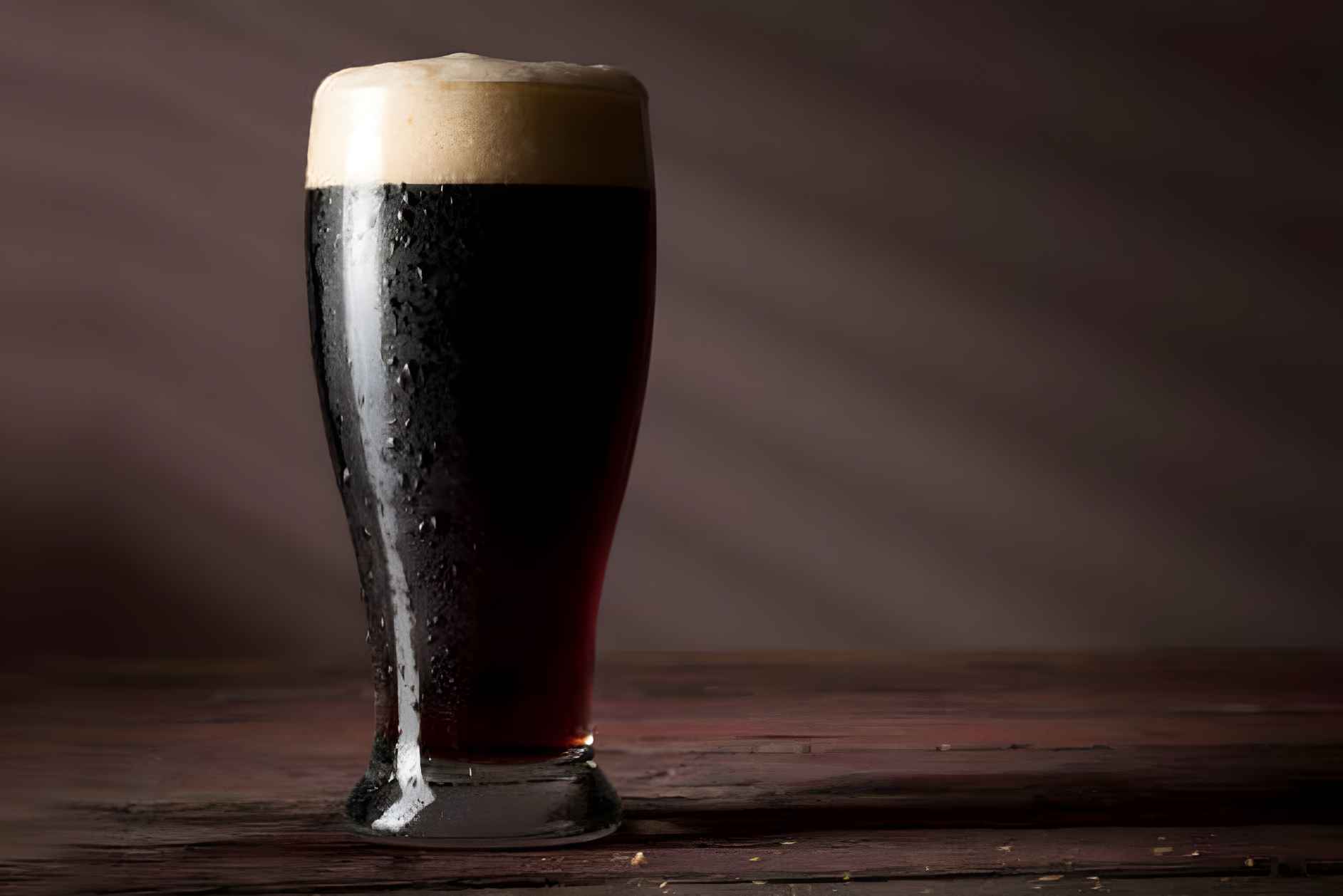Coffee is not the only beverage with a dark selection; beers have too! Porter beers have deep ruby brown to black. This type of beer has a rich, chocolatey or caramel flavor. Its well-balanced characteristics will get you hooked.
Porter beer has been around since the late 17th Century, and it has been a significant brewing beverage in the past centuries.
Let’s discover more about porter beer— this might become your favorite beer of all time!
What is Porter Beer?
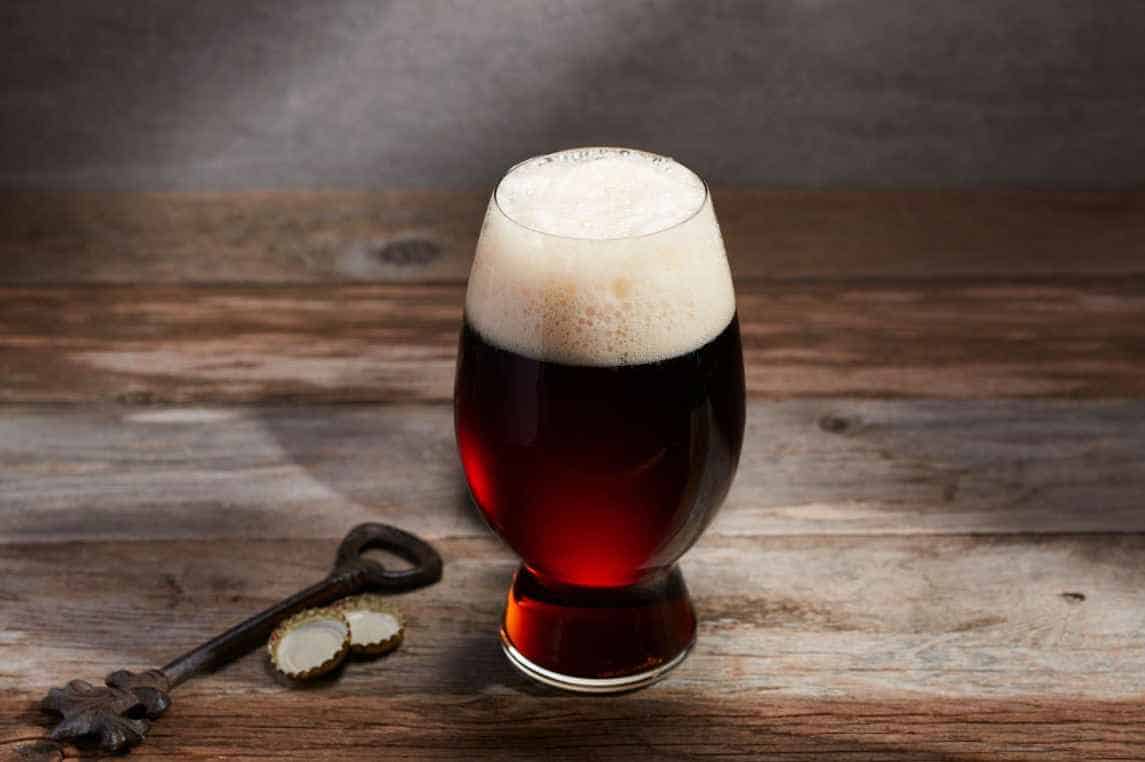
Porter beer has come a long way. It was first brewed in England in the 1700s. The main ingredient for porter beer is malted barley, which gives it a deep ruby brown to black appearance.
Its dark appearance does not show in its aroma and flavor. Porter beer has hints of chocolate, coffee, and caramelized notes from the brewed malt.
| PORTER BEER | |
| Color Range | 19 to 40 SRM |
| Original Gravity | 1.050 to 1.070 |
| Final Gravity | 1.012 to 1.018 |
| IBU Range | 20 to 40 IBU |
| ABV Range | 4.5 to 12% ABV |
| Appearance | Light to dark brown |
| Aroma | Chocolate, coffee, smokiness |
| Flavor | Mild notes of roasted grains and chocolate; undertones of coffee |
| Mouthfeel | Medium-light to medium |
| Serving & Storage Temperature | 50 to 55 degree Fahrenheit |
| Shelf Life | 6 months (180 days) |
| Food Pairings | Smoked and grilled meats, mellow blue cheese, chocolate cake |
Porter beer has a medium mouthfeel. It feels thin to watery in the mouth. Porter beer is best for you if you are looking for a flavorful beer with a rich character. Most porter beers do not have a high alcohol content.
History of Porter Beer
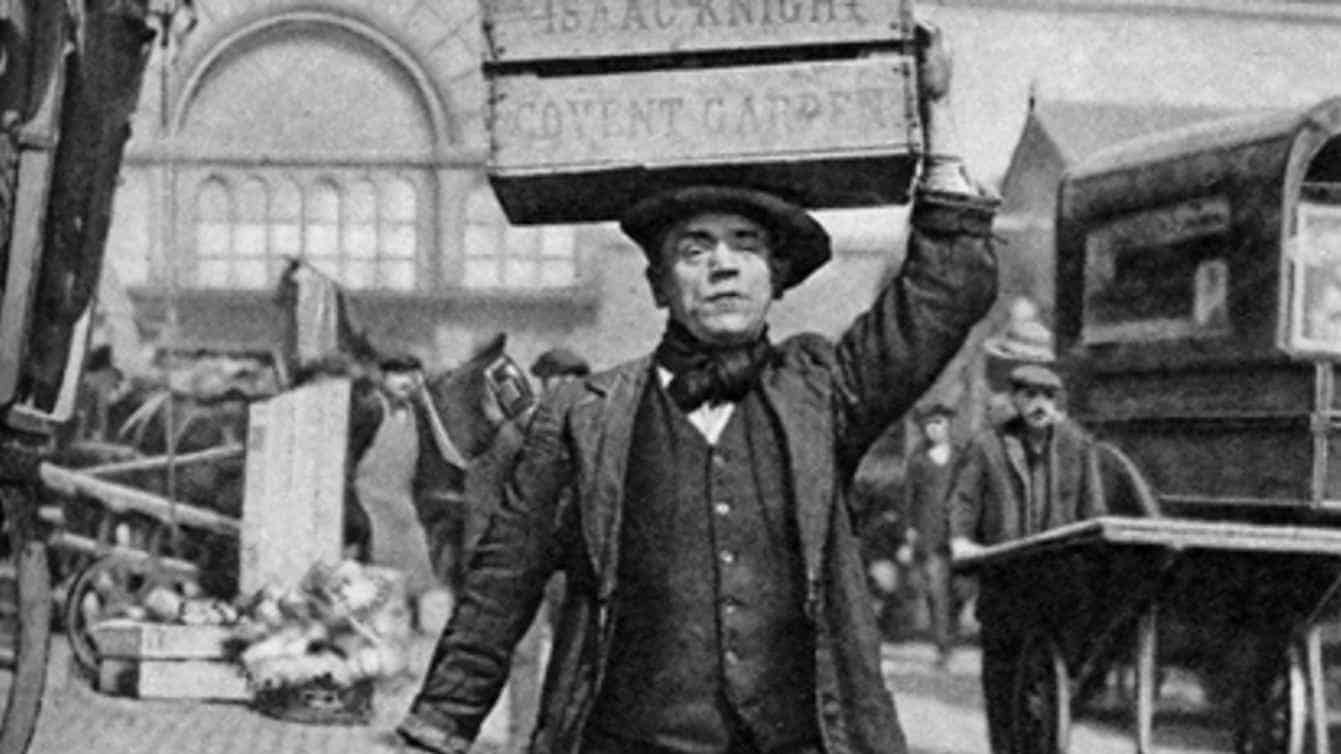
In the 1700s, a London Brewer, originally produced a dark brown beer from malted barley and named it Entire. Its beer elements became a hit.
Dark brown beer became the top choice or preference among workers or porters. Hence, this beer is coined “porter” because of its popularity among porters who carry goods around the cities.
Porter beers have a lengthy aging requirement. It became the first beer produced by breweries because of the need to store the beer for extended periods of time. Even during the Industrial Revolution, porter beers are in demand. That’s when porter became the first beer brewed worldwide.
By 1776, porter is exported to Ireland. Guinness improved the beer style, resulting in stout beers. Stout porters are slightly similar in appearance, but with a higher alcohol level and a thicker aromatic and signature flavor. Hence. The term “stout” porter because it is stronger than the regular one.
The history of porter beer is intertwined with stout beer. Let’s have a quick look at their differences.
Difference between Porter Beer and Stout Beer
Stout beers were originally called strong porter beer. It is because of their history that porter and stout beer are closely related. Until this day, some even interchange them. Here are a few variables that help you distinguish between porter and stout beer.
| Type of Beer | Porter Beer | Stout Beer |
| Barley | Malted barley | Roasted unmalted barley |
| Signature flavor | Nutty, chocolatey, coffee-like; less roast or burnt flavor | Espresso, roast, almost burnt flavor |
| Body type | Light | Heavy |
| ABV content | 4.8% to 6.5% ABV | 5.5% to 8% ABV |
| IBU range | 35-50 IBU | 30-70 IBU |
You can tell the main difference between porter and stout beer from the type of barley used. Stout beers are made from roasted unmalted barley, which gives an espresso-like signature flavor. Stout beers have a heavier body type. It has a thicker and bittersweet flavor.
Moreover, stout beers are more alcoholic than porter beers. It has an ABV content between 5.5% to 8%. If you love a stronger type of beer, stout is your style of beer. But if you like lighter and less alcohol-content beers, porter is the one for you.
Different Styles of Porter Beer
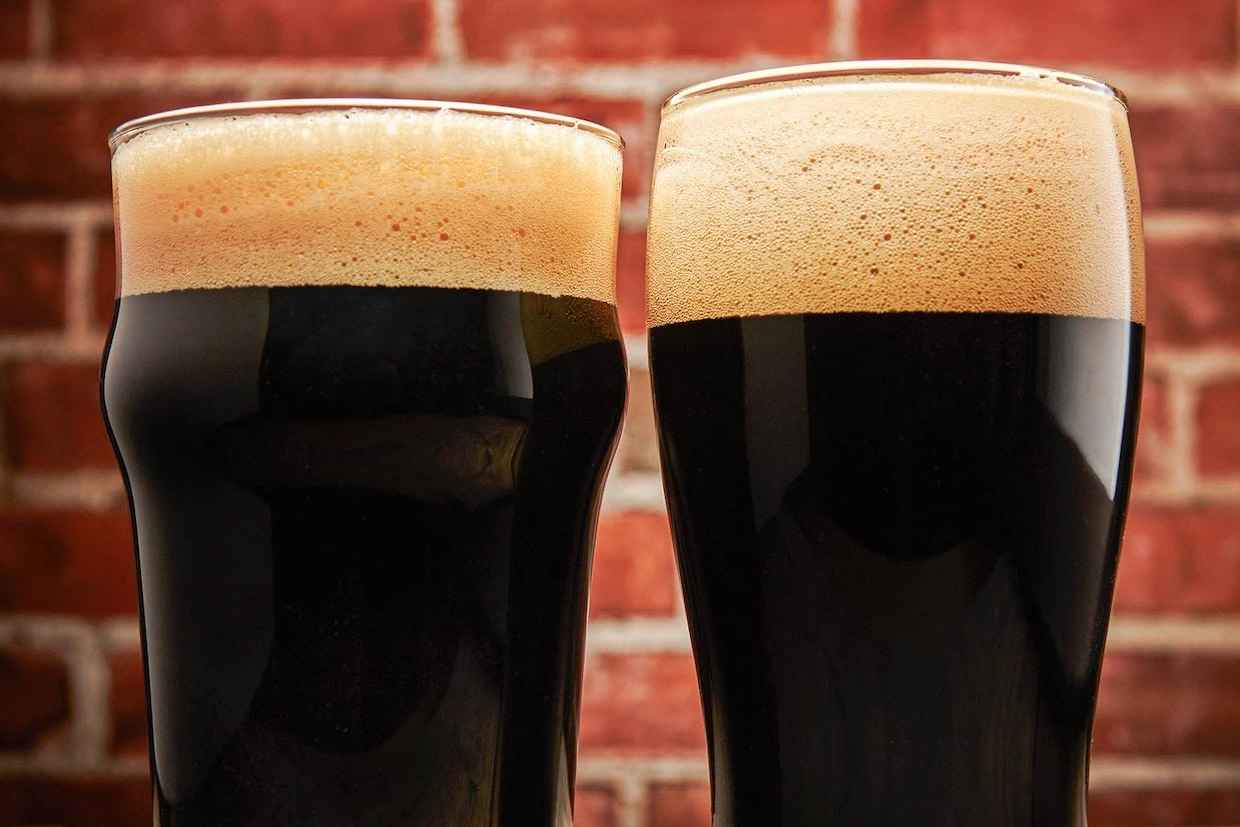
Brewers continue to refine their process of fermenting porter beer. It has evolved into several styles to accommodate flavor preferences. Discover the popular types of porter beer below.
| Porter Style | ABV | Commercial Examples |
| English Brown Porter | 4% to 5.4% | Samuel Smith Brewery, Taddy Porter
Fuller, London Porter Oskar Blues Brewery, Death by Coconut |
| English Robust Porter | 4.8% to 6.5% | Founders Brewing Company, Porter
Idle Hands Craft Ales, 34 Porter Smuttynose Brewing Company, Robust Porter |
| Baltic Porter | 5.5% to 10% | Anchorage Brewing Company, Frayja
Cycle Brewing, Bourbon Barrel-Aged Framinghammer Vanilla Põhjala Brewery, Cellar Series: Sajand |
| American Porter | 5% to 7.5% | Hill Farmstead Brewery, Everett
Funky Buddha Brewery, Vanilla Espresso Piiti Porter Great Lakes Brewing Co., Edmund Fitzgerald |
| Smoke Porter | 5.1% to 8.9% | Alaskan Brewing Co., Smoked Porter
Stone Brewing, Smoked Porter Yazoo Brewing Company, Sue |
| American Imperial Porter | 7% to 12% | Ballast Point Brewing Company, Victory At Sea – Coffee and Vanilla
Hill Farmstead Brewery, Birth Of Tragedy Perrin Brewing Co., No Rules |
English Brown Porter
The brew of the English brown porter is darker with an evident mild roasts and malt aroma. Brown porter has a significant difference from a robust porter.
It is softer, sweeter, has a lesser ABV, and has more caramel and chocolate hints. It has a moderate strength between 4% to 5.4% ABV with a 20 to 30 IBU range.
English Robust Porter
As the name suggests, the robust porter has a more intense flavor and alcohol level than the brown porter. You can taste the roasted malt and bitterness in robust porter. Dark to black brews and has an ABV of 4.8% to 6.5%. Its style is closer to stout.
Baltic Porter
An exception to the ale classification of porter beers. Baltic porters are processed differently. It is lagered and undergoes cold-fermentation. The beer has a hoppy bitterness balanced with a hint of roasted malt and smoke.
Moreover, Baltic beer has a high alcohol content of up to 10% ABV. Its characteristics have a thin line that separates it from stout beers.
American Porter
Evident to its name, the American porter, is an English-inspired beer with American characteristics. American brewers love experimenting and producing coffee, vanilla, and chocolate porters. American porters may range from 5% to 7.5% ABV.
American Imperial Porter
All the variables of a beer style are amplified in the American imperial poster. Each brewer has its uniqueness.
Hence, you have to expect that the hoppiness and malt of one beer are different to the other. You will notice the variety of American Imperial Porter beers. It has a surprisingly high alcohol content, ranging from 7% to 12% ABV.
Smoke Porter
This beer is slightly similar to the robust porter. Its only difference is smoke porter has smoky flavors and wood-smoked malt.
Brewers use distinct wood types and introduce a different twist to the taste and bitterness of the beer. Smoke porters are strong and highly alcoholic, ranging from 8.9% ABV.
We got to know the different types of flavors and aromas of porter beer. Now is the time to know the best way to serve it.
Best Way to Serve Porter Beer
The best way to serve porter beers start with how they are stored, the type of serving glass, and the pouring technique.
It is best to keep porter beers in a cool storage, enough to give them a “cellar” temperature. Porter beers are best when served between 50 and 55 degrees Fahrenheit.
Most porter beers are best served in a nonic pint glass. Drinking it in this tall glass help you smell the hint of its aromatic brew, making it easier to drink.
Porter beers are not poured instantly into the glass. There is a preferred pouring style to make a nice balance between the creamy foam and beer. Tilt the glass to a 45-degree angle and gently pour the beer onto the sides. As the beer fills the glass, slowly raise the glass upright.
Let’s move on to which food pairings are best for porter beer.
Best Food Pairings for Porter Beer
Get the most out of your porter beer by pairing them with foods of complementing flavors. Match porter beers with foods that have a heavy and rich flavor.
| Porter Style | Food Pairings |
| English Brown Porter | Roasted or grilled meat, Gruyère, chocolate peanut butter cookies |
| English Robust Porter | |
| Baltic Porter | Prime rib, aged Gouda, deconstructed s’mores |
| American Porter | Barbecue, smoked foods, rich stew |
| Smoke Porter | Grilled sausage, red dragon cheddar, s’mores |
| American Imperial Porter | Chicken mole enchiladas, smoked Gouda, butterscotch brownies |
Some love to enjoy their porter beer alone, but giving them a pair of meat, cheese, or dessert makes the most out of its mild flavors. Prepare the meat for BBQ or other rich and smoky meat recipes for your porter. Meanwhile, go with blue cheeses for a dark and heavy porter.
Conclusion
Porter beer has a dark appearance with hints of chocolate, coffee, and caramelized notes from the brewed malt. It has a lower alcohol content with the stout beer.
Now that you have understood what a porter beer is, it is time to move to another beer type. Understand the flavor profiles of different beer types to diversify your menu and create unique food pairings.
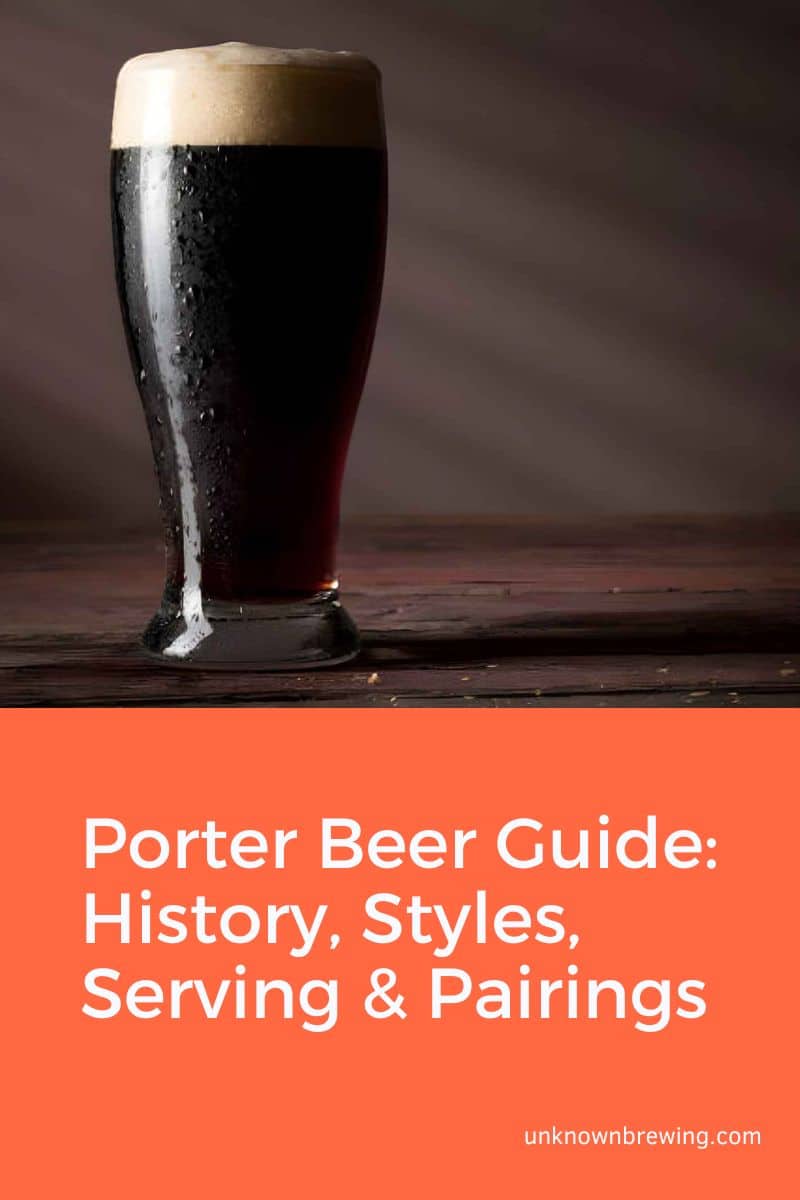

Sybil R Higgins graduated from the University of Chicago with an English major. Since joining Unknown Brewing, she’s taken up homebrewing. She’s still an amateur, sticking to extract recipes and brewing light pilsners. But she’s a better beer consumer.
